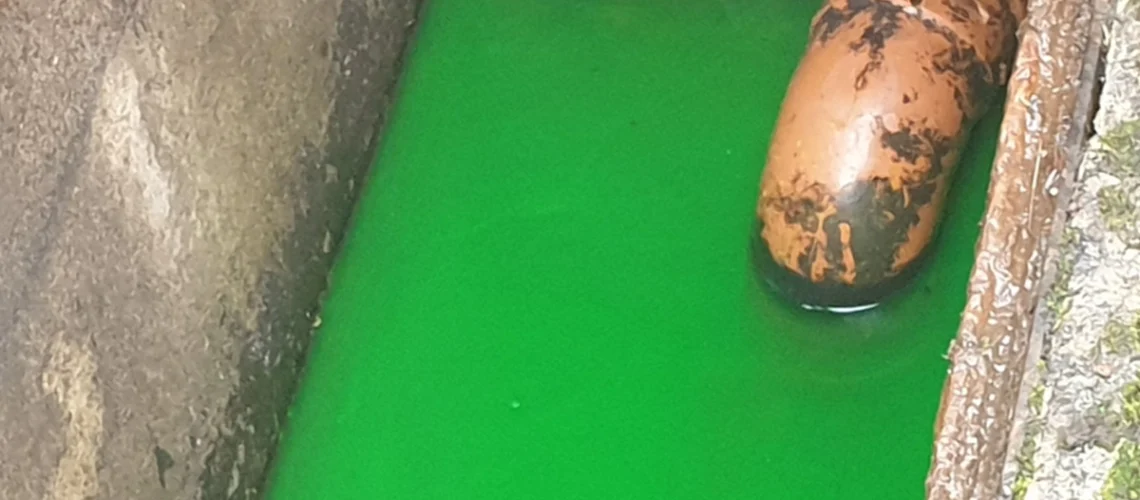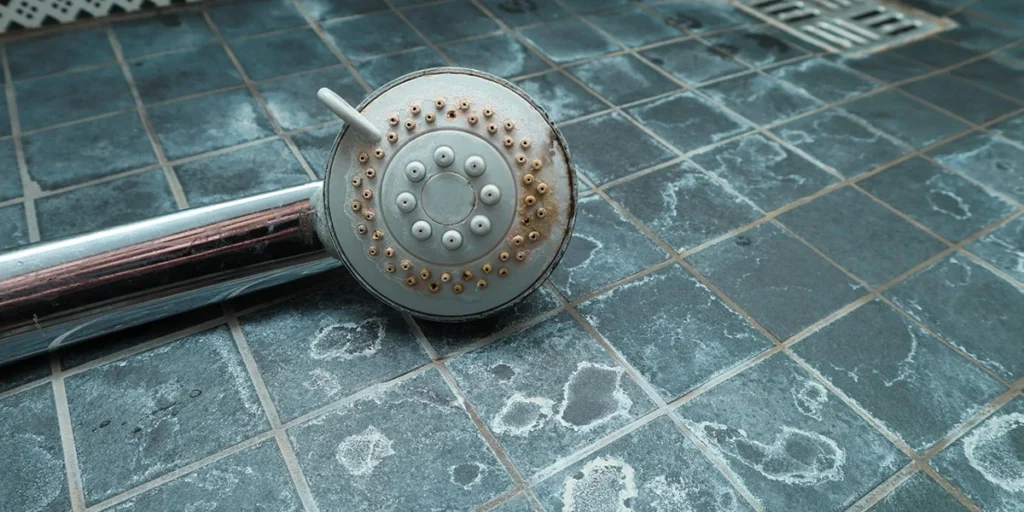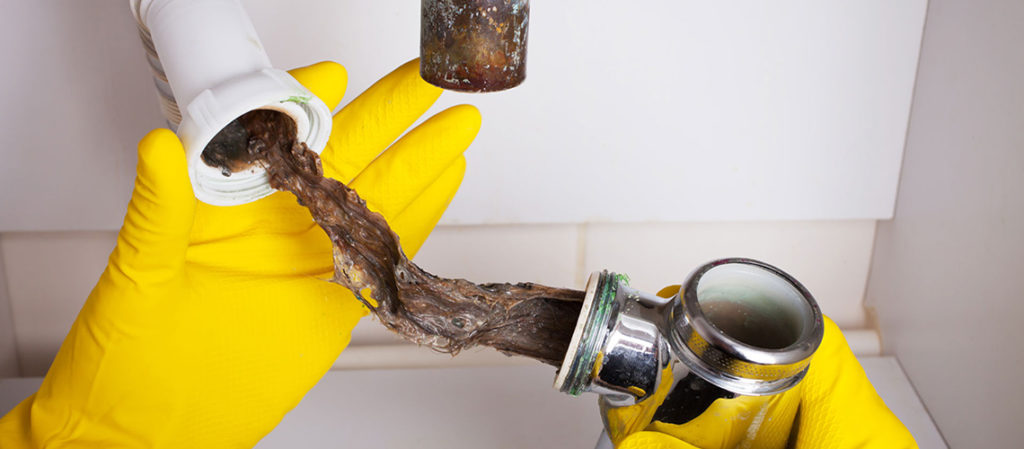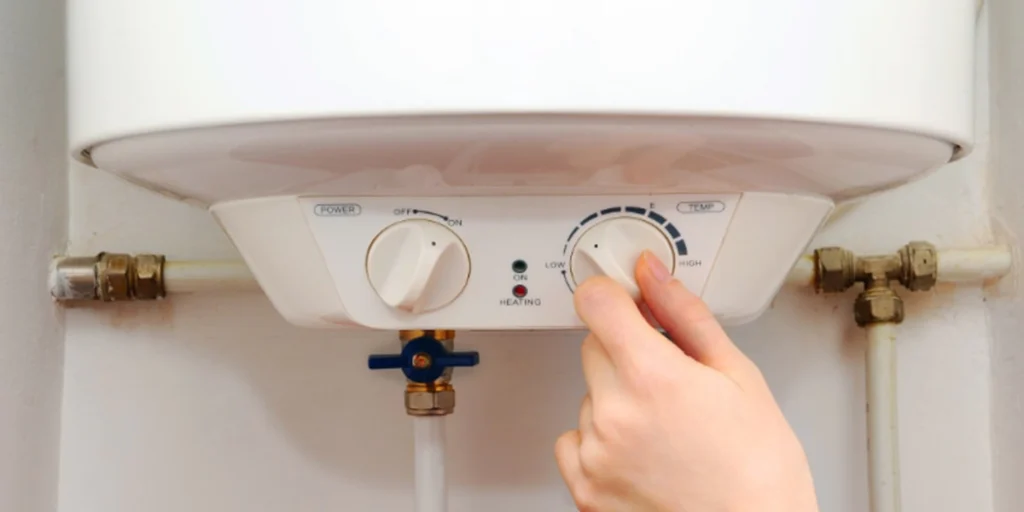Dye testing is an important diagnostic tool used by plumbers to assess the condition of septic systems, drainage systems, and sewers. This simple yet effective process involves introducing a non-toxic dye into the plumbing system to trace water flow and identify potential issues such as leaks or blockages. In this article, we’ll explore what dye testing is, how it works, and when you should consider having it done.
Contents
- 1 What Is a Dye Test for Septic Systems?
- 2 How Is a Dye Test Performed?
- 3 When Should You Consider a Dye Test?
- 4 How Long Does a Dye Test Take?
- 5 Can I Do a Septic Dye Test Myself?
- 6 What Can I Use to Do My Own Septic Dye Test?
- 7 What Is the Dye for in Septic System Tests?
- 8 How to Pass a Dye Test
- 9 Conclusion
What Is a Dye Test for Septic Systems?
A septic system dye test is performed to check for leaks, infiltration, or improper drainage. During this test, a bright dye is added to water entering the septic system, and the system is monitored for dye appearing in places where it shouldn’t, such as nearby drains, water sources, or the surface of the ground. This test helps ensure that your septic system is functioning properly and isn’t contaminating the environment.
How Is a Dye Test Performed?
To perform a dye test, a plumber typically follows these steps:

- Preparation: The system is inspected, and the dye is mixed with a specific amount of water.
- Dye Introduction: The dye is introduced into the system via toilets or drains, ensuring it flows naturally through the septic or drainage system.
- Observation: The plumber will observe for any visible signs of the dye in unexpected places, such as puddles, water bodies, or drainage points.
- Conclusion: The results are analyzed to determine whether there is a leak or blockage in the system.
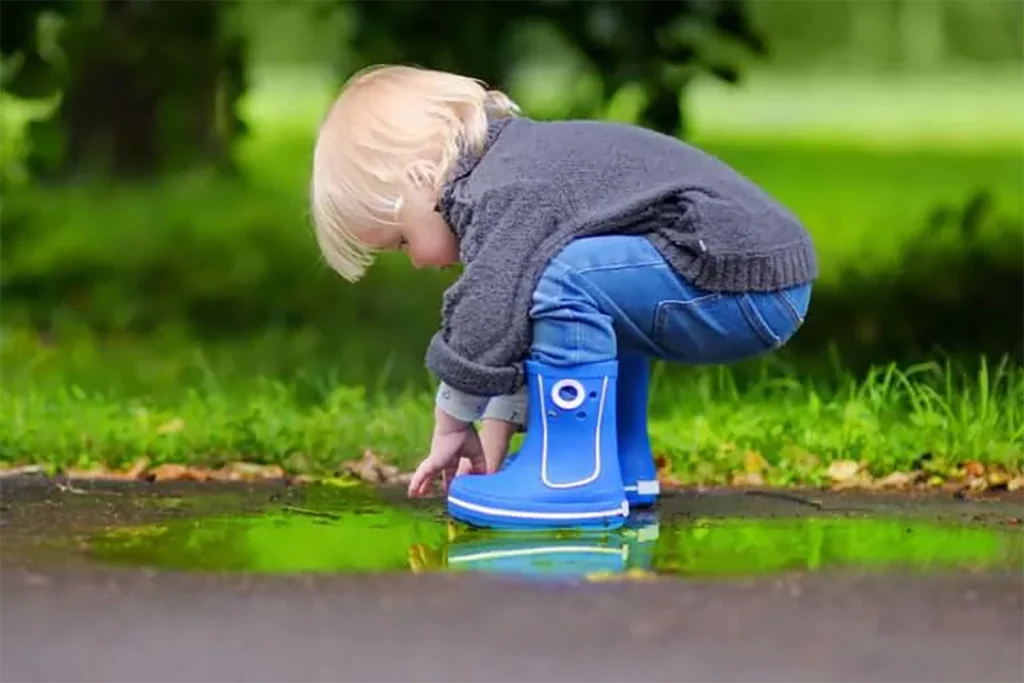
This method is widely used because it is non-invasive and provides clear evidence of leaks or blockages.
When Should You Consider a Dye Test?
A dye test is recommended in several situations:
- Before property sales: Many homebuyers request a septic system dye test to ensure the system is in good working condition before finalizing the purchase.
- Suspected leaks: If you notice water pooling around your property or suspect a drainage issue, a dye test can help identify the source of the problem.
- Routine maintenance: Septic and drainage systems require regular maintenance, and dye testing is a useful tool for preventing small issues from becoming bigger, more costly problems.
- Plumbing inspections: Professional plumbers often use dye testing drains as part of a comprehensive inspection of older plumbing systems.
How Long Does a Dye Test Take?
The duration of a dye test can vary depending on the complexity of the system. In general, the test takes anywhere from 30 minutes to a few hours. The waiting time allows the plumber to track where the dye travels through the system and to detect any signs of leaks.
Can I Do a Septic Dye Test Myself?
While it is technically possible to perform a septic dye test on your own, it is highly recommended to hire a professional. DIY testing might miss critical signs of leaks or malfunctions, and a licensed plumber has the experience to interpret results correctly. However, if you decide to try it yourself, follow these steps:
- Purchase non-toxic plumbing dye from a hardware store.
- Mix the dye according to the instructions.
- Introduce the dye into the septic system through a toilet or drain.
- Monitor for any dye appearing in unexpected places, such as surface water or nearby ditches.
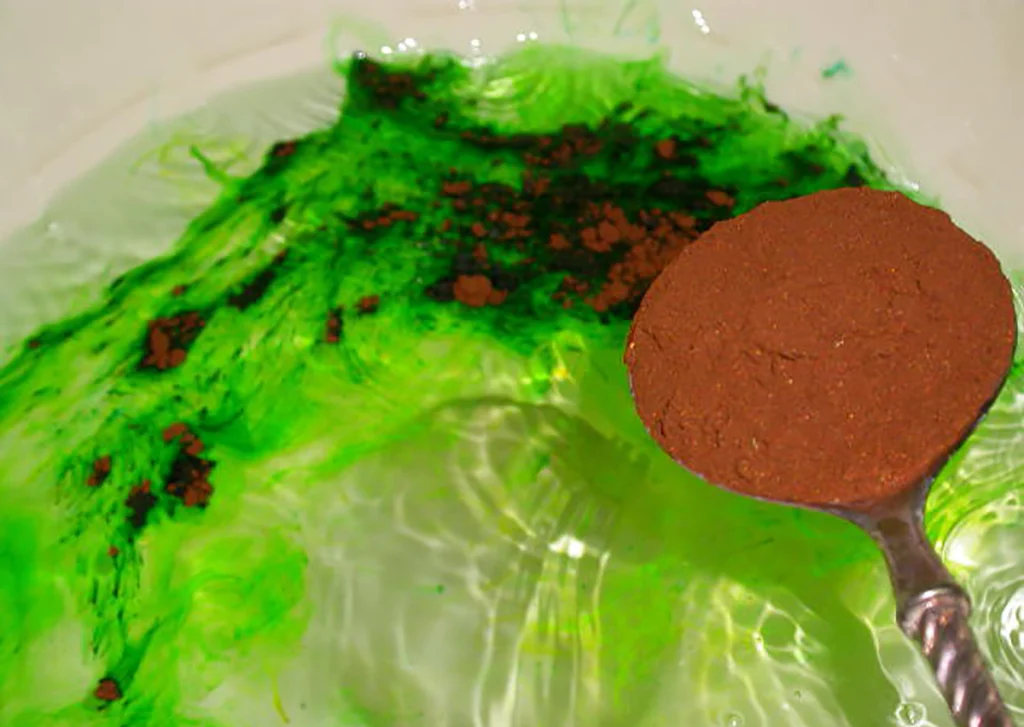
It’s essential to understand that how to pass a dye test is not about passing or failing. It’s a diagnostic tool designed to uncover problems, not a test you can “pass.”
What Can I Use to Do My Own Septic Dye Test?
If you decide to perform your own septic dye test, make sure to use a non-toxic dye that is safe for the environment. Look for products specifically designed for plumbing and septic systems. Avoid using regular dyes as they can damage your system or provide inaccurate results.
What Is the Dye for in Septic System Tests?
The dye used in septic system tests is a non-toxic, brightly colored solution that allows plumbers to visually trace the water flow through a system. The dye is visible even in small amounts and can help identify leaks, cross-contamination, and blockages.
How to Pass a Dye Test
To ensure your septic system or drainage test yields positive results, follow these tips:
- Regular maintenance: Ensure your septic or drainage system is serviced regularly to prevent blockages and leaks.
- Proper usage: Avoid flushing inappropriate materials such as grease, wipes, or other non-biodegradable items, which can cause clogs.
- Inspect regularly: Periodic inspections and professional dye testing can help identify problems early on, ensuring your system stays in good condition.
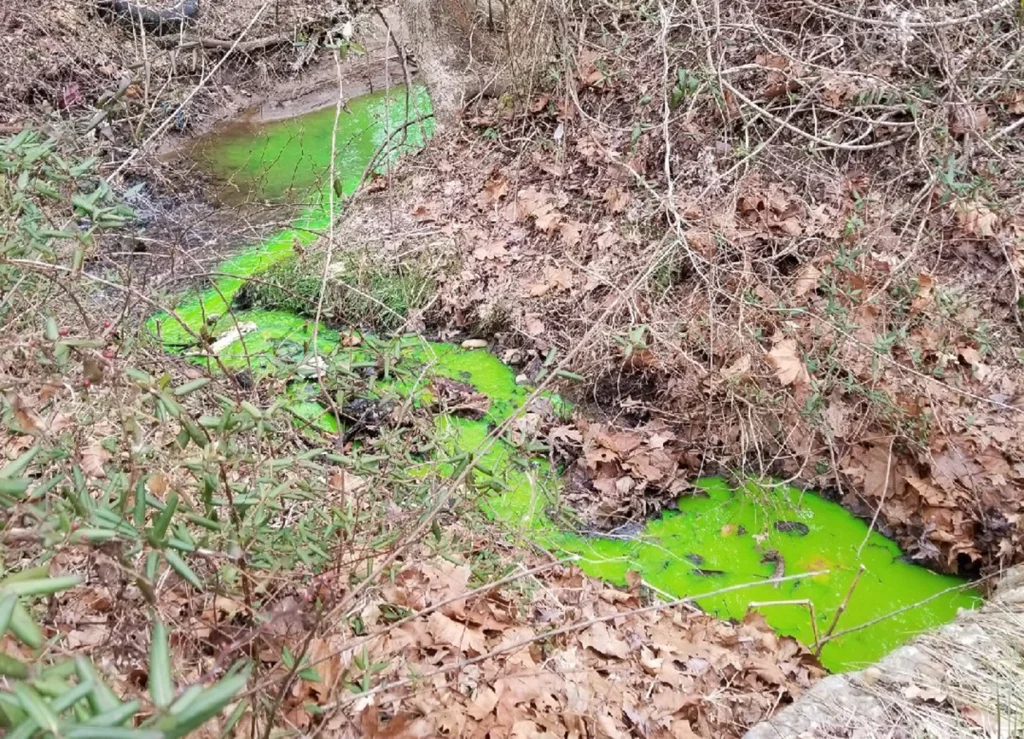
Conclusion
Dye testing is a simple yet powerful tool used by plumbers to detect leaks and other issues in septic and drainage systems. Whether you’re buying a home, maintaining your property, or suspecting a problem, a drainage dye test or septic system dye test can provide valuable insights. While DIY testing is possible, it’s always best to consult a professional plumber to ensure accurate and thorough results.
For more information on dye testing or to schedule an inspection, contact the experts at POM Plumbing Inc. Our team is experienced in testing sewers, septic systems, and drains, ensuring your plumbing is in top condition.
FAQ
A septic system dye test is a diagnostic procedure where non-toxic dye is introduced into the septic system to detect leaks or drainage issues. The dye helps trace the flow of water and identify any problems with the system.
You should consider a drainage dye test if you suspect leaks, notice water pooling around your property, or as part of routine maintenance, especially before selling or buying a home.
A dye test typically takes between 30 minutes to a few hours, depending on the size and complexity of the system being tested. The plumber monitors the system to detect any leaks or abnormal water flow.
While it is possible to perform your own septic dye test, it is highly recommended to hire a professional plumber to ensure accurate results. DIY tests may not detect all issues, and professional testing provides a more thorough evaluation.
Yes, the dye used in septic system tests is completely non-toxic and safe for both the environment and your system. It will not cause any damage and is easily flushed out after the test.
A dye test can help detect leaks, blockages, and improper drainage in your septic or sewer system. For more complex issues, additional testing methods, such as video inspection, may be required.



